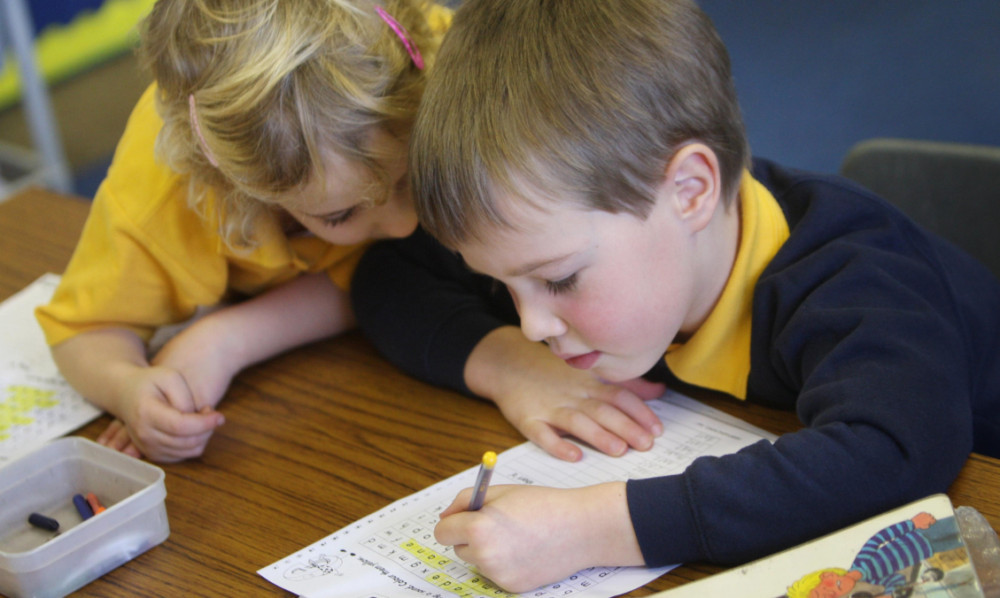Girls tend to outperform boys in writing at all stages, according to a study of literacy among school pupils.
The biggest difference in attainment between the sexes was recorded at secondary two (S2) level.
Official statistics further revealed that pupils from the most deprived areas performed less well in reading and writing than those from the least deprived areas.
The figures, published by Scotland’s chief statistician, were contained in the 2012 Scottish Survey of Literacy and Numeracy.
It is the first time that literacy results have been published from this survey, which monitors national performance in literacy and numeracy in alternate years.
The survey, in which more than 10,000 pupils were involved, analysed attainment levels in school children at primary four (P4), primary seven (P7) and S2.
When writing skills were examined, the report found that around two thirds of writing scripts analysed from P4 and S2 pupils showed that they were performing well, very well, or beyond the relevant level for their stage. Performance was highest in P7 at 72%.
Girls tended to outperform boys in writing at all stages, the figures showed.
The biggest difference was at S2, where 70% of scripts demonstrated that girls were performing well or beyond the expected level. This compared with 58% for boys.
The statistics also revealed differences in writing skills depending on deprivation levels across the country.
“The percentage of scripts demonstrating that pupils were performing well at, very well at or beyond the level was 21 percentage points higher for pupils from the least deprived areas, than pupils from the most deprived areas, at all stages,” the survey said.
When it came to reading, the majority of pupils were said to have performed well or very well at the relevant level for their stage.
Around eight in 10 pupils in both P4 and S2 performed well or very well. That figure rose to nine in 10 pupils in P7.
The percentage of pupils not yet working within their respective levels was described as “small” but it increases between P4 and S2.
Statisticians noted, however, that pupils from the most deprived areas performed less well in reading than those from the least deprived areas at all stages.
Overall, 92% of young primary pupils agreed that they enjoy reading; a figure that dropped to 62% by S2.
Engagement with learning appeared to reduce as pupils got older, the study found. Some 14% of P4 pupils agreed to some extent that learning is boring. At P7 and S2 the levels were 22% and 37% respectively.
